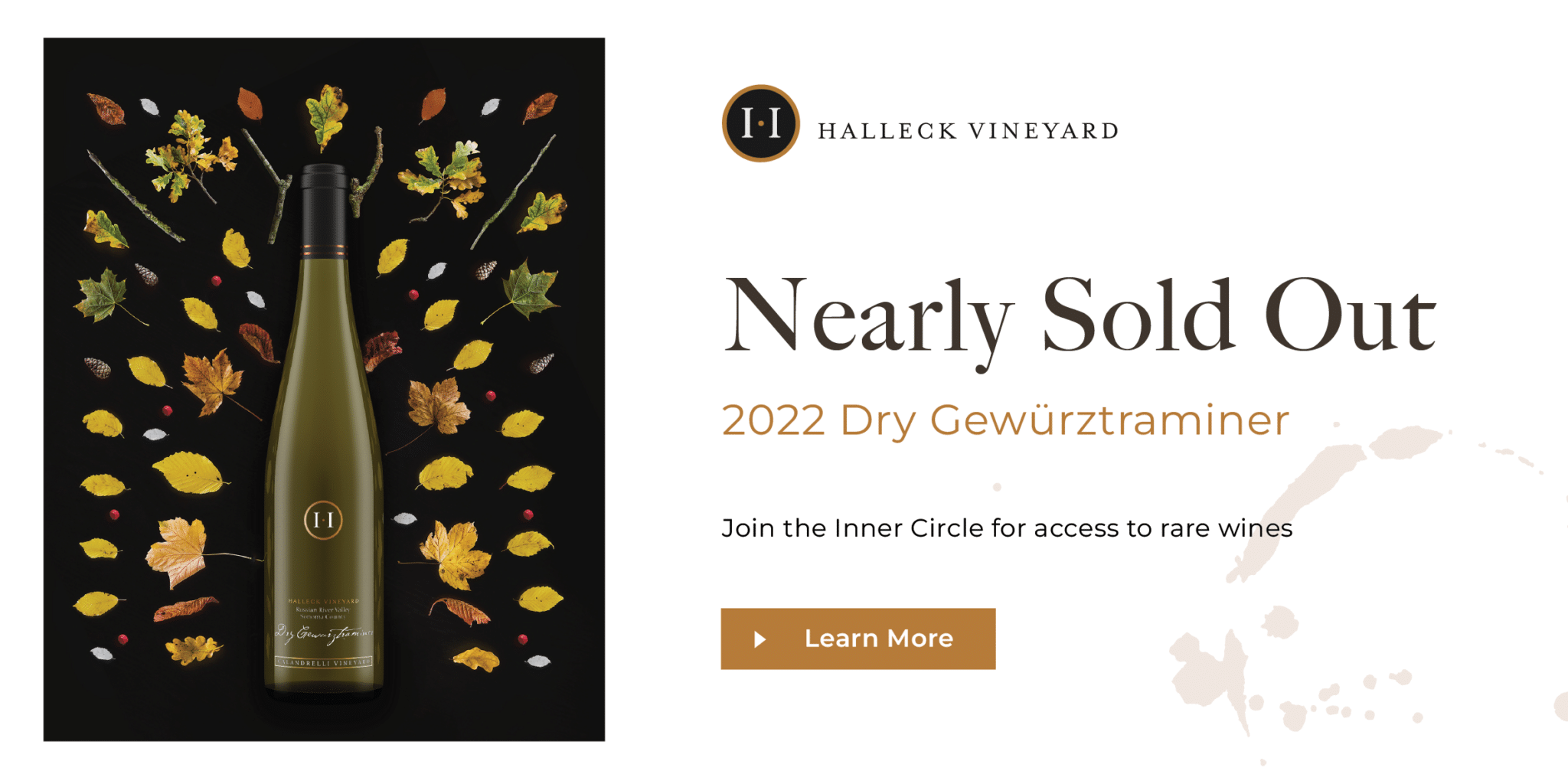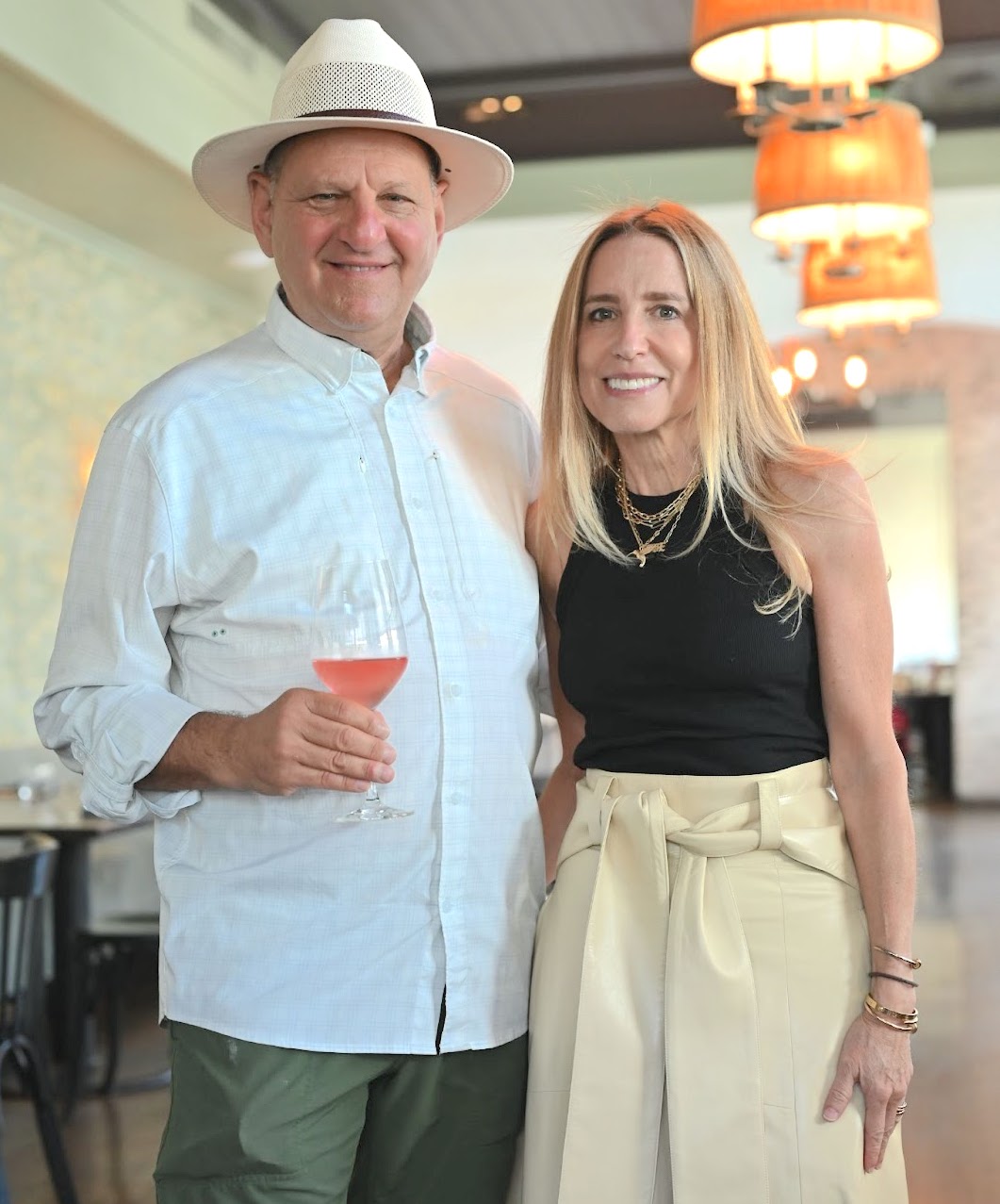Remarkable Craft Wineries In Sebastopol - Top-Rated Wineries In Sebastopol
Remarkable Craft Wineries In Sebastopol - Top-Rated Wineries In Sebastopol
Blog Article
Interactive Wine Tasting Experiences In Sonoma - Best Wineries In Sonoma For A Wine Experience
Wine tasting is an art that requires practice and an understanding of various aspects concerned in the course of. One essential element of wine tasting is the development and interpretation of tasting notes, which function a guide for each novices and seasoned connoisseurs. A Guide To Understanding Winery Wine Tasting Notes can enhance your wine-tasting experience, making it extra significant and enjoyable.

Tasting notes are concise descriptions that seize the essence of a wine’s flavors, aromas, and overall character. Normally composed by professional tasters, winery tasting notes offer insights into the nuances of various wines. They might help wine enthusiasts perceive what to expect from a specific bottle. Nonetheless, tasting notes can vary extensively in style and detail primarily based on the author's experience and palate.
Wineries That Offer Food Trucks On Weekends - Iconic Wineries Of Sebastopol
When you first method a glass of wine, your senses will begin to engage instantly. The sight, smell, and taste of the wine will converge to offer you a complete experience. Tasting notes generally start with the visual evaluation, where the colour of the wine is taken under consideration. Color performs a significant function in indicating the wine’s age, grape variety, and even its flavor profile.
After assessing the visible facet, the following step includes swirling the wine within the glass. This action aerates the wine, permitting its aromas to awaken. Smelling the wine offers important insight into its complexity. The preliminary sniff can deliver a flood of scents that will embrace fruity, floral, natural, or earthy notes. This is usually the most subjective part of tasting, as particular person experiences can dramatically differ.
In winery tasting notes, descriptors are often categorized into main, secondary, and tertiary aromas. Primary aromas often stem from the grape selection, secondary aromas derive from fermentation processes, and tertiary aromas arise from getting older. Understanding these categories might help you appreciate the depth of a wine, they usually additionally give you the vocabulary to precise your experience higher.
Wineries Perfect For A Relaxing Afternoon - A Visit To Sebastopol Wineries
Following the olfactory encounter, your focus will shift to the taste of the wine. This is where the first characteristics—sweetness, acidity, tannins, alcohol—come into play. Tasting notes typically detail these flavors in a number of dimensions, together with the initial assault on your palate to the lingering end in your tongue. A high-quality wine will present a harmonious steadiness between these elements.
While tasting, it's essential to contemplate the physique of the wine, which could be described as light, medium, or full. The body contributes considerably to your general impression, helping you contemplate how the wine pairs with food or whether it stands alone as a sipping wine. Balancing the body with the opposite characteristics provides you with a fuller understanding of what the wine has to offer.
The end of the wine, also known as the aftertaste, is another critical facet often included in tasting notes. A lengthy, pleasant end often signifies a better high quality wine, while a brief or cloying aftertaste might counsel otherwise. Evaluating the end can supply additional insight into the wine's complexity and distinction.
Understanding the context of winery tasting notes can be valuable. Tasting notes can present contextual information about the winery's location, climate, and grape-growing practices. This context provides one other layer of appreciation for the wine, allowing enthusiasts to attach the sensory experience with its origins, thus enhancing the enjoyment further.
Wine Tasting Trails In Sonoma Valley - Sonoma Vineyards To Explore
Many wineries provide tasting notes on their websites or labels, usually written in an approachable but informative style. Nevertheless, not all winery tasting notes are created equal. Some may be overly technical, whereas others would possibly prioritize advertising flair over insightful analysis. Studying to navigate these notes can arm you with the information to make informed decisions when choosing wines.
Participating in tastings at wineries can even deepen your understanding of wine tasting notes. Interacting with knowledgeable staff can provide you a extra hands-on approach to exploring different wines and the language used to describe them. Wineries Offering Elegant Wine Tastings. You'll have the chance to ask questions, have interaction in discussions, and potentially refine your palate in actual time.
Experimentation is important for mastering wine tasting notes. As you pattern totally different wines, attempt making your personal notes. Focus on describing the wine’s color, aroma, style, and end. Over time, you’ll develop a personal vocabulary that resonates with your sensory experiences. Every note you create will help refine your palate, permitting you to understand wines at a deeper level.
Wineries Offering Charcuterie And Wine Pairings - Family-Owned Wineries In Sonoma
In conclusion, a Guide To Understanding Winery Wine Tasting Notes offers a comprehensive framework for diving into the world of wines. It equips you with the strategies and language necessary to articulate your experiences. Whether you are a informal drinker or a devoted aficionado, understanding and using tasting notes can profoundly impression your wine journey. This data not solely enhances your enjoyment but in addition connects you deeply with the rich narratives each bottle tells. By embracing this journey, you become part of the beautiful mosaic of wine click to investigate culture, the place each sip unveils a new story ready to be discovered.
- Wine tasting notes typically encompass a big selection of sensory descriptions, together with aroma, flavor, acidity, physique, and finish, allowing tasters to fully recognize the wine's traits.
- To enhance your understanding, familiarize yourself with common wine terminology corresponding to "tannins," "oakiness," or "terroir," which may help decipher the notes extra effectively.
- A systematic approach to tasting entails first visually assessing the wine's shade and clarity, followed by swirling to launch aromas, then inhaling and describing what you experience.
- Taking notes throughout tasting might help determine patterns over time, improving your palate and making it simpler to recall preferences for future choices.
- Don't overlook the influence of food pairings; tasting notes can differ tremendously when a wine is enjoyed with complementary flavors, altering perception and pleasure.
- Pay consideration to the wine’s vintage, as weather conditions in a given yr can significantly have an result on the ultimate product, adding one other layer to the tasting notes.
- Think About the winemaker's style and philosophy, which can form the wine's profile and influence how its notes evolve with each sip.
- Working Towards with totally different grape varieties can broaden your vocabulary; each kind brings unique traits that can improve your capability to articulate tasting notes effectively.
- Participating with wine professionals or attending tasting events can provide priceless insights, providing a richer context for understanding personal tasting notes.
- Bear In Mind that tasting is subjective; individual preferences and experiences will form one’s interpretation of the same wine, enriching the general enjoyment of wine exploration.
What are wine tasting notes?
Wine tasting notes are descriptive comments made by tasters concerning the look, aroma, taste, and finish of a wine. They present an overview of the wine's characteristics and may help consumers understand the style and high quality of the wine.
Best Wineries For Wine Tasting In Sonoma - Discovering Sebastopol's Wineries
Why are tasting notes essential when selecting wine?
Tasting notes can guide you in selecting a wine that suits your palate. They provide insights into flavors and aromas, serving to you to match wines with food or occasions. Understanding these notes enhances your general wine experience.
How ought to I learn wine tasting notes?
(Wineries Offering Off The Beaten Path Experiences)
Family-Oriented Wine Tasting Venues In Sebastopol - Sonoma Wine Culture

When reading wine tasting notes, pay consideration to the construction: look for descriptions of colour, aroma, flavor, and end. This will help you grasp the wine's profile and determine if it aligns along with your preferences.
What terms commonly appear in wine tasting notes?
Frequent phrases include "tannin" (the structure), "acidity" (the crispness), "physique" (the weight), and varied flavor descriptors like "fruity," "earthy," or "spicy." Familiarizing yourself with these terms can deepen your understanding of wine.
Wineries With Unique Tasting Experiences - Unique Wine Tasting Experiences In Sebastopol
Am I Able To create my own tasting notes?
Yes! Writing your personal tasting notes can enhance your wine tasting experience. Focus on your observations of taste, aroma, and different sensory characteristics. This personal practice might help you refine your palate over time.
How do I determine the aromas in wine tasting notes?
Artisan Wineries In Russian River Valley - Top Wineries To Visit In Sebastopol
To establish aromas, practice smelling a selection of scents and associating them with wines. Swirl the wine in your glass to launch its aromas, then take a second to breathe in deeply earlier than figuring out any distinguished scents.
What is the distinction between professional and personal wine tasting notes?
Professional tasting notes might use extra technical language and specific terminology, while personal tasting notes are subjective and replicate particular person experiences. Both are useful source useful for understanding and having fun with wine, but personal notes might resonate extra along with your unique tastes.
How can tasting notes enhance my wine appreciation?
Popular Wineries With Outdoor Seating In Sonoma - Luxury Wine Tasting In Sonoma County
Tasting notes can improve your appreciation by helping you to know and articulate the complexities of wine. They encourage aware tasting and provide a framework for comparing different wines, leading to a richer enjoyment of the beverage.
Are there any apps or instruments to assist with wine tasting notes?
Sure, there are a quantity of apps designed to assist users record and organize their tasting notes. These instruments usually provide options like flavor wheel guides and wine database searches, making it easier to track your journey through completely different wines. Report this page